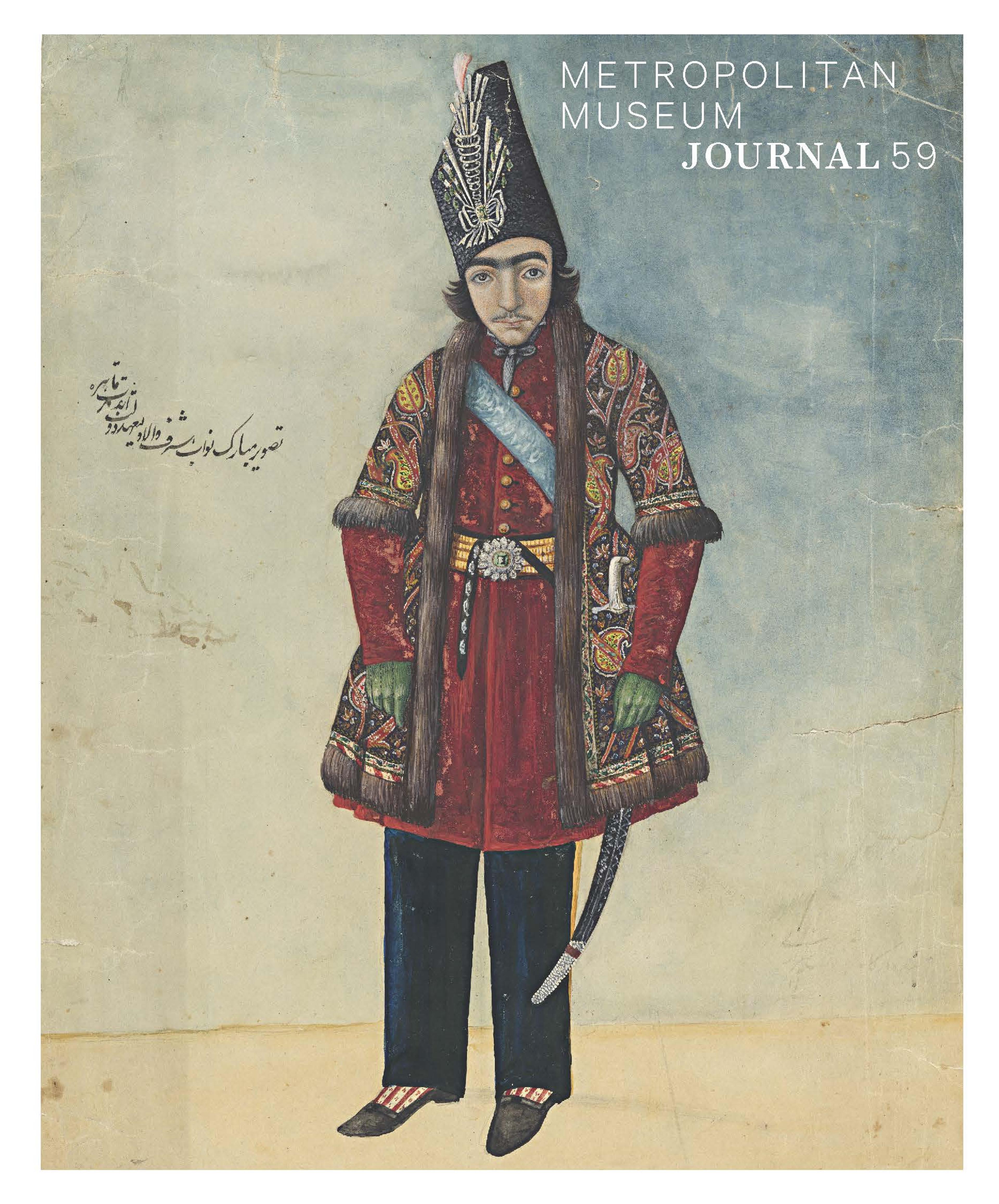Platter
The sixteenth century was marked by a scientific interest in natural phenomena. New worlds had been discovered, occupied by animals and human beings never before seen in Europe. Museums of curiosities abounded, and self-styled naturalists, such as Cosimo de' Medici, gilded armadillos from the Americas and placed them on pillars in their palaces. Native Indians of the Americas toured the courts of Europe, and the taste for the exotic flourished. It was in this atmosphere that the talented French potter Bernard Palissy began practicing his trade. An enthusiastic natural scientist, Palissy used local fish, plants and reptiles—he made casts of actual specimens for use in his modeling—fashioned in a range of colored glazes, to develop what he called "pastoral pottery." Although he is recorded as having produced his rustic ware in abundance, the only documented work by his hand was the grotto (now destroyed) in the garden of the Tuileries. This oval dish, in the manner of Palissy, is in the shape of a pond surrounded by plant life. Perched on the plate are fish, frogs, a twisting snake, a lizard, a water beetle, crayfish, and a variety of occupied shells.
Artwork Details
- Title:Platter
- Maker:Follower of Bernard Palissy (French, Agen, Lot-et-Garonne 1510–1590 Paris)
- Date:last quarter 16th century
- Culture:French, Paris
- Medium:Lead-glazed earthenware
- Dimensions:Overall: 20 1/2 x 15 5/8 x 2 13/16 in., 5.5 lb. (52.1 x 39.7 x 7.1 cm, 2472.5 g)
- Classification:Ceramics-Pottery
- Credit Line:Gift of Julia A. Berwind, 1953
- Object Number:53.225.52
- Curatorial Department: European Sculpture and Decorative Arts
More Artwork
Research Resources
The Met provides unparalleled resources for research and welcomes an international community of students and scholars. The Met's Open Access API is where creators and researchers can connect to the The Met collection. Open Access data and public domain images are available for unrestricted commercial and noncommercial use without permission or fee.
To request images under copyright and other restrictions, please use this Image Request form.
Feedback
We continue to research and examine historical and cultural context for objects in The Met collection. If you have comments or questions about this object record, please contact us using the form below. The Museum looks forward to receiving your comments.
